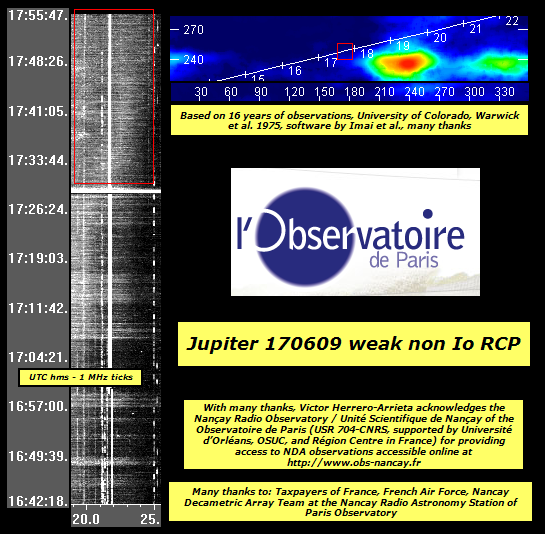I refer to de Kleer at al. 2017 , doi:10.1038/nature22339 :
https://www.nature.com/nature/journal/v545/n7653/full/nature22339.html
"...The
Jovian moon Io hosts the most powerful persistently active volcano in
the Solar System, Loki Patera...The interior of this volcanic,
caldera-like feature is composed of a warm, dark floor covering 21,500
square kilometres surrounding a much cooler central island..."
https://en.wikipedia.org/wiki/Loki_Patera
"....Loki
Patera is the largest volcanic depression on Jupiter's moon Io, 202
kilometres (126 mi) in diameter.[1] It contains an active lava lake,
with an episodically overturning crust.[2] The level of activity seen is
similar to a superfast spreading mid-ocean ridge on Earth.[3]
Temperature measurements of thermal emission at Loki Patera taken by
Voyager 1's Infrared Interferometer Spectrometer and Radiometer (IRIS)
instrument were consistent with sulfur volcanism.[4]
Io's lava
lakes such as Loki Patera are depressions partially filled with molten
lava covered by a thin solidified crust. These lava lakes are directly
connected to a magma reservoir below.[5] Observations of thermal
emission at several of Io's lava lakes reveal glowing molten rock along
Loki Patera's margin, caused by the lake's crust breaking up along the
edge of the patera. Over time, because the solidified lava is denser
than the still-molten magma below, this crust can founder, triggering an
increase in thermal emission at the volcano.[6] At sites such as Loki
Patera, this can occur episodically. During an overturning episode, Loki
can emit up to ten times more heat than when its crust is stable.[2]
During an eruption, a wave of foundering crust spreads out across the
patera at the rate of about 1 kilometre (0.6 mi) per day, until the
crust of the lake has been resurfaced. Another eruption would begin once
the new crust has cooled and thickened enough for it to no longer be
buoyant over the molten lava.[7]
Loki Patera is located at 13°N
308.8°W[8]Coordinates: 13°N 308.8°W[8]. It is named after the Norse god
Loki.[8] Amaterasu Patera is located to the north and Manua Patera to
the northwest..."















